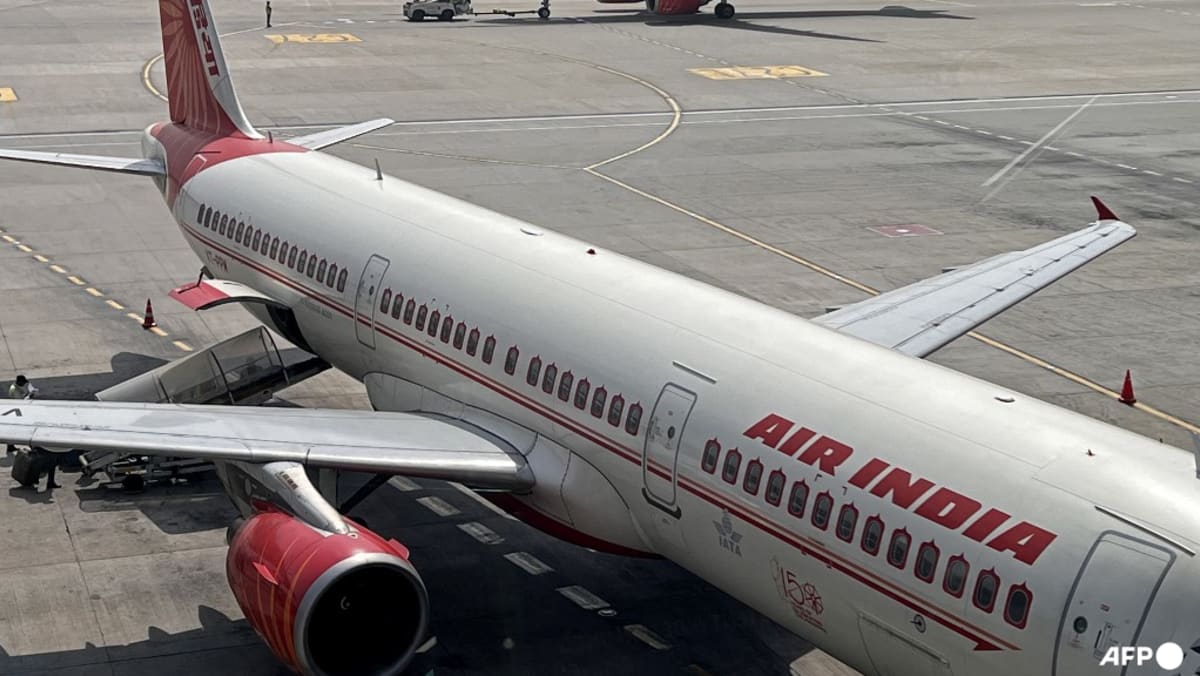In a decisive move aimed at bolstering passenger safety, Air India has completed precautionary inspections on the locking mechanism of fuel control switches for its Boeing 787 and 737 fleets. This initiative was sparked by the tragic crash of Air India flight 171, which raised significant concerns regarding the integrity of these vital components. Following thorough examinations, the airline confidently reported that no issues were detected, allaying fears of potential defects that could jeopardize
Did You Know
The Eiffel Tower grows during summer heat expansion.
?
AD
flight safety.
The aftermath of the recent incident highlighted the critical importance of rigorous safety protocols, and Air India has taken these findings to heart. The airline's swift response underscores its commitment to ensuring the utmost security for passengers and crew alike. As part of this comprehensive safety review, Air India’s proactive measures exhibit an unwavering dedication to maintaining safety standards in response to the accident.
As the investigation into the crash proceeds, with a final report anticipated in about a year, Air India remains vigilant in its oversight. The airline’s actions serve as a reminder of the aviation industry's ongoing challenges regarding safety and reliability. In an era where passenger confidence is paramount, Air India's transparency and responsiveness to safety issues illustrate the airline's resolve to emerge stronger, reaffirming its pledge to prioritize the well-being of its travelers above all else.
Q&A (Auto-generated by AI)
What caused the recent Air India crash?
The recent Air India crash involved flight 171, which was linked to issues with the fuel control switches. Preliminary investigations indicated that these switches shifted and flipped unexpectedly, contributing to the accident. The crash prompted Air India to conduct precautionary inspections of its Boeing 787 and 737 fleets to ensure the safety of their aircraft.
How do fuel control switches work?
Fuel control switches are critical components in aircraft that regulate the flow of fuel to the engines. They ensure that the correct amount of fuel is delivered based on the pilot's inputs and engine demands. Proper functioning of these switches is vital for maintaining engine performance and overall flight safety.
What are the safety protocols for aircraft inspections?
Aircraft inspections follow strict safety protocols mandated by aviation authorities. These include regular checks, preventive maintenance, and thorough inspections of critical systems like fuel control switches. Airlines must document inspections and findings, and any anomalies must be addressed immediately to ensure passenger safety and compliance with regulations.
What is the history of Boeing 787 incidents?
The Boeing 787, also known as the Dreamliner, has experienced various incidents since its introduction in 2011, including battery failures and fuel system issues. These incidents led to heightened scrutiny and regulatory oversight. Despite these challenges, the 787 remains a popular choice for airlines due to its fuel efficiency and advanced technology.
How does Air India ensure passenger safety?
Air India ensures passenger safety through rigorous maintenance protocols, regular inspections, and compliance with international aviation standards. Following the crash of flight 171, the airline conducted precautionary inspections of its Boeing fleet, reflecting its commitment to addressing safety concerns and maintaining operational integrity.















